Hawaii’s volcanic origins created underwater landscapes that rival any tropical destination on Earth, with coral reefs, lava tubes, and protected bays that provide homes for an incredible variety of marine life. The islands’ position in the middle of the Pacific Ocean brings together species from across the region, creating snorkeling experiences where every dive reveals something new and unexpected.
Each island offers its own character underwater. From Oahu’s easily accessible spots perfect for beginners to the Big Island’s dramatic lava formations that create unique diving environments. Here is a list of the 15 best snorkeling spots in Hawaii that showcase the islands’ incredible underwater diversity.
Hanauma Bay
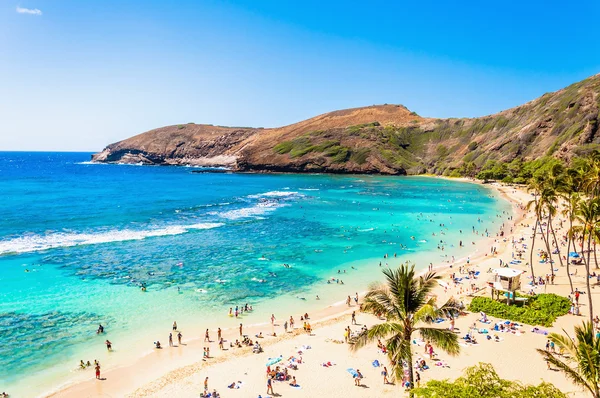
This Oahu crater-turned nature preserve provides the perfect introduction to Hawaiian snorkeling, with calm, clear water and abundant marine life in a protected environment. The bay’s circular shape creates natural protection from ocean swells, while the coral reef supports hundreds of tropical fish species that seem comfortable around human visitors.
Entry requires reservations and a small environmental fee, but the educational video and well-maintained facilities make this worth the planning effort.
Molokini Crater
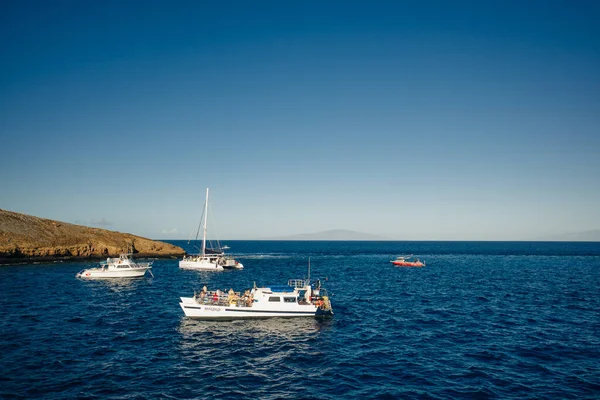
This partially submerged volcanic crater off Maui’s coast creates a natural aquarium with visibility often exceeding 150 feet. The crescent-shaped islet blocks ocean swells and predators, allowing tropical fish populations to thrive in an almost artificial-seeming environment.
Tour boats from Maui visit daily, but the early morning trips provide the best conditions before afternoon winds pick up.
Like Travel Pug’s content? Follow us on MSN.
Kealakekua Bay
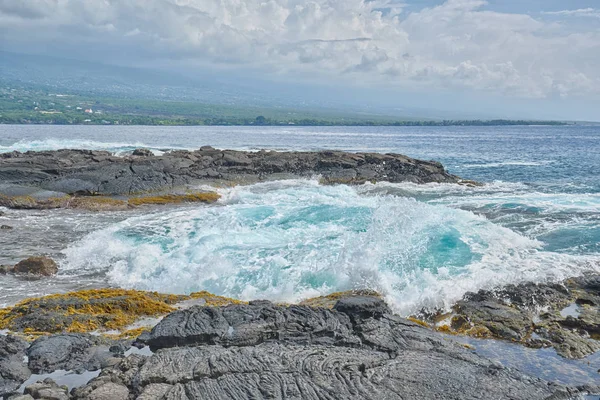
Captain Cook’s final landing spot on the Big Island has transformed into one of Hawaii’s premier snorkeling destinations, where spinner dolphins frequently visit and coral reefs teeming with tropical fish. The bay’s protected status limits access to kayak, boat, or a challenging hike, but this restriction preserves the pristine conditions that make the underwater experience so spectacular.
The clear water and abundant marine life create snorkeling conditions that often exceed expectations shaped by underwater documentaries.
Shark’s Cove
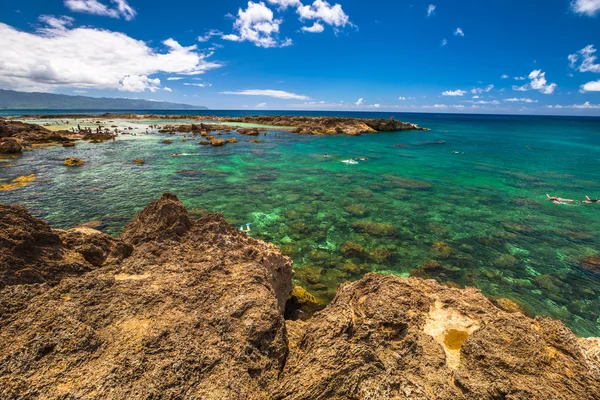
Despite its intimidating name, this Oahu location provides some of the island’s best snorkeling for intermediate and advanced swimmers willing to navigate rocky entry points. The lava rock formations create protected pools during calm conditions, while the underwater caves and swim-throughs add adventure to the marine life viewing.
Summer months offer the best conditions, as winter swells can make entry dangerous.
Honolua Bay
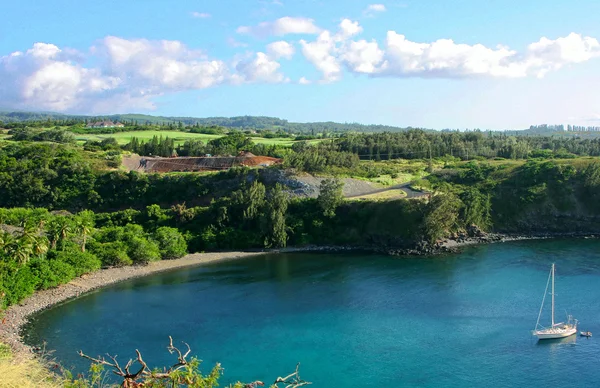
This northwestern Maui bay delivers consistently excellent snorkeling conditions, with coral reefs that support an incredible variety of marine life, including green sea turtles that often swim close to snorkelers. The bay’s horseshoe shape protects from most ocean swells, creating calm conditions that allow for easy swimming and excellent underwater photography.
Early morning visits avoid crowds and provide the best wildlife viewing opportunities.
Like Travel Pug’s content? Follow us on MSN.
Two Step
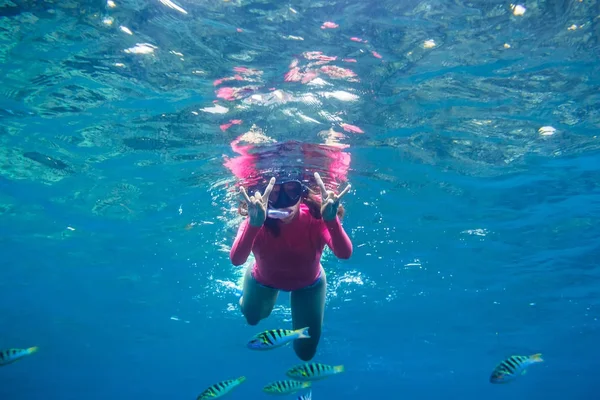
Also known as Pu’uhonua o Honaunau, this Big Island location provides easy water entry via natural lava steps and immediate access to coral reefs teeming with tropical fish. The protected bay supports populations of green sea turtles, tropical fish, and occasional dolphin visits that create memorable underwater encounters.
The adjacent National Historical Park adds cultural significance to the natural beauty, making this an excellent destination for combining snorkeling with Hawaiian history.
Tunnels Beach
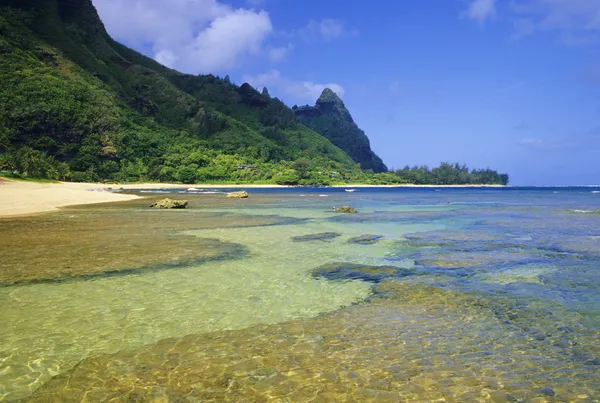
Kauai’s most famous snorkeling spot features an extensive coral reef system protected by a natural breakwater that creates lagoon-like conditions during summer months. The underwater landscape includes caves, arches, and swim-throughs that provide a habitat for an impressive variety of marine life.
Access requires parking along the highway and a short walk, but the uncrowded conditions and excellent snorkeling justify the minor inconvenience.
Kahalu’u Beach Park
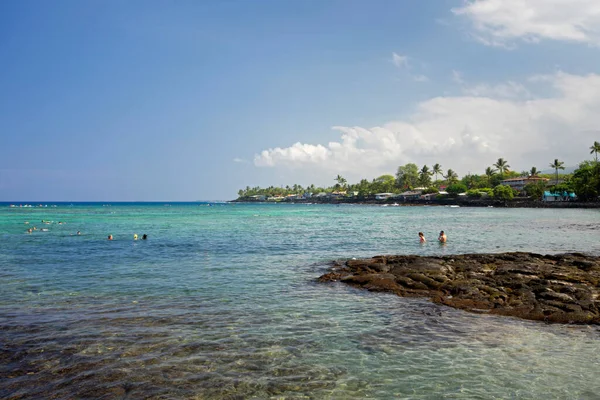
This Big Island location caters perfectly to beginning snorkelers, with easy entry, calm conditions, and abundant marine life visible in shallow water. The beach park provides facilities, including restrooms, showers, and lifeguards, while the offshore reef creates a natural swimming pool effect.
Green sea turtles frequent the area, often feeding on algae in water shallow enough for snorkelers to observe closely.
Like Travel Pug’s content? Follow us on MSN.
Black Rock
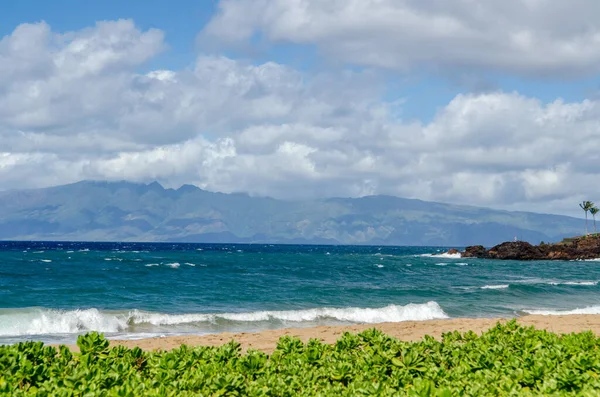
Located at the north end of Kaanapali Beach on Maui, this ancient lava flow creates underwater formations that provide excellent snorkeling opportunities just steps from beachfront resorts. The black lava contrasts dramatically with colorful tropical fish, creating underwater scenery that’s both beautiful and easily accessible.
The location’s convenience makes it perfect for resort guests who want excellent snorkeling without traveling far from their accommodations.
Electric Beach
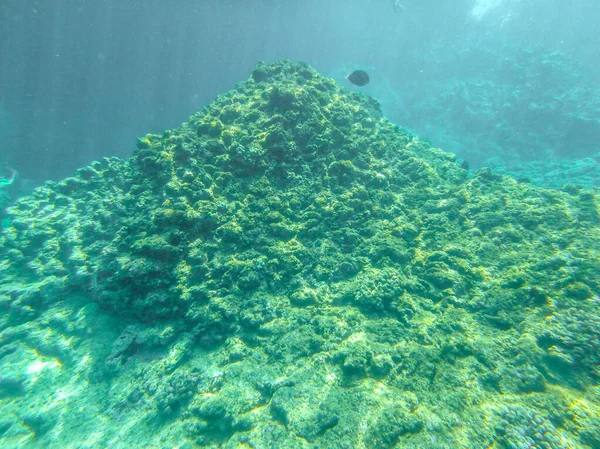
This Big Island location gets its name from the nearby power plant’s warm water discharge, which attracts marine life, including manta rays, dolphins, and unusual tropical fish species. The artificial reef effect created by the warm water discharge supports marine life populations that exceed what you’d typically find in natural settings.
Advanced snorkelers and divers gravitate toward this spot for its unique underwater environment and frequent large marine life encounters.
Napili Bay
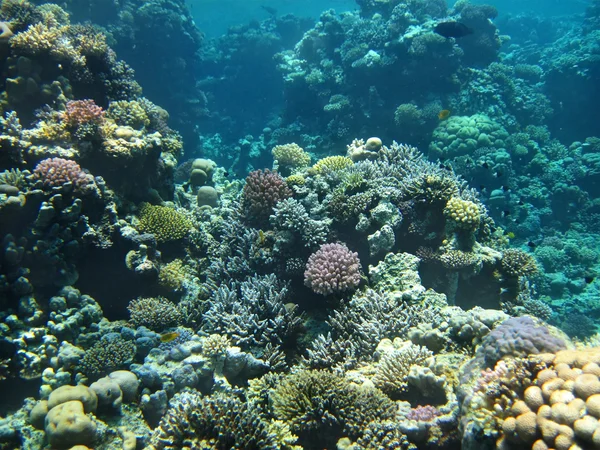
This small Maui bay provides excellent snorkeling conditions in a picturesque setting that feels like a private tropical paradise. The horseshoe-shaped bay creates natural protection from ocean swells, while the coral reefs support populations of tropical fish, green sea turtles, and occasional ray sightings.
The beach’s small size means it never feels overcrowded, even during peak tourist seasons.
Like Travel Pug’s content? Follow us on MSN.
Ahihi-Kinau Natural Area Reserve
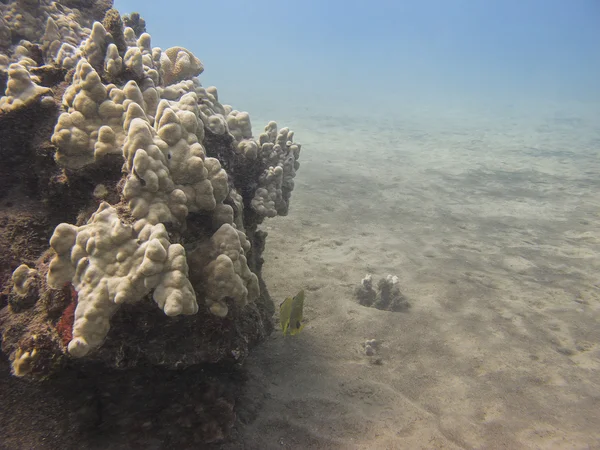
This protected area on Maui’s southwest coast features unique underwater lava formations that create a habitat for marine life rarely seen elsewhere in Hawaii. The reserve’s protected status preserves both the terrestrial and marine environments, creating snorkeling experiences that showcase Hawaii’s volcanic geology alongside its marine biodiversity.
Access involves a moderate hike over lava rock, but the pristine conditions reward the effort.
Anini Beach
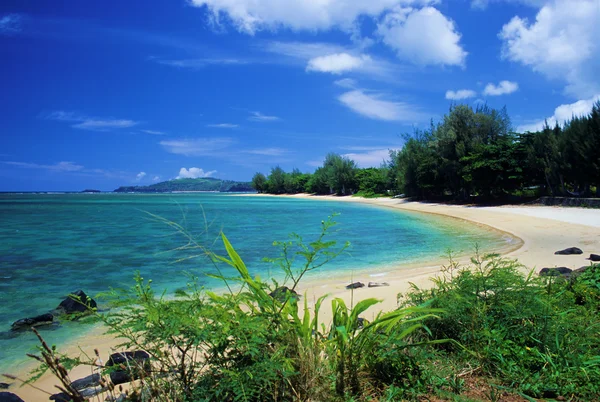
Kauai’s longest coral reef creates a natural lagoon perfect for beginning snorkelers and families with young children. The extensive reef system protects ocean swells while supporting diverse marine life populations in calm, clear water.
The beach park includes facilities and camping areas, making this an excellent destination for extended snorkeling trips rather than just day visits.
Captain Cook Monument
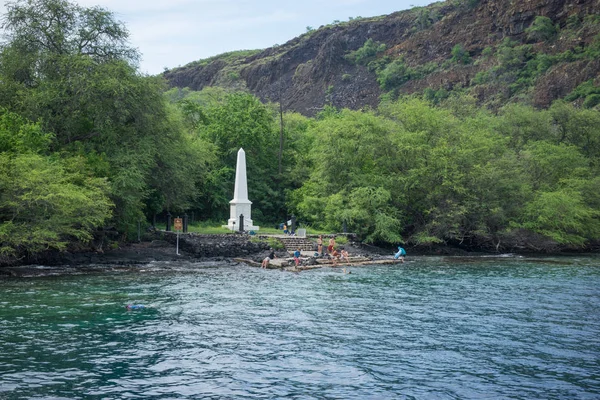
Accessible only by boat, kayak, or strenuous hike, this Big Island location provides some of Hawaii’s most pristine snorkeling conditions in the protected waters where Captain Cook met his end. The clear water, abundant coral, and diverse marine life create underwater experiences that justify the effort required to reach this remote location.
Tour boats visit daily, but kayaking allows for more flexible timing and smaller group experiences.
Like Travel Pug’s content? Follow us on MSN.
Poipu Beach Park
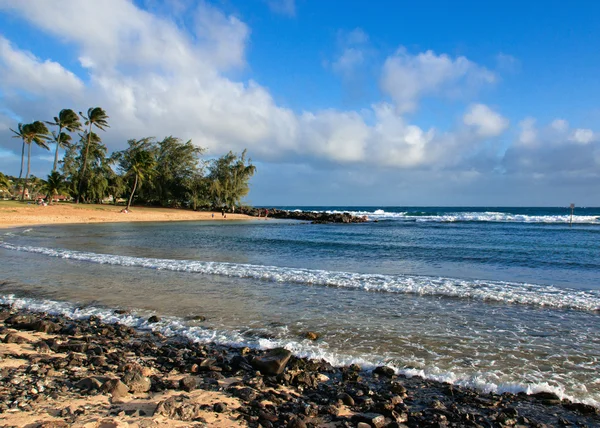
This Kauai location combines excellent snorkeling conditions with family-friendly amenities that make it perfect for introducing children to underwater exploration. The protected bay area provides calm conditions ideal for beginners, while the adjacent reef offers more challenging snorkeling for experienced swimmers.
The beach park facilities include lifeguards, restrooms, and picnic areas that support full-day beach experiences.
Islands Continue Revealing Ocean Secrets
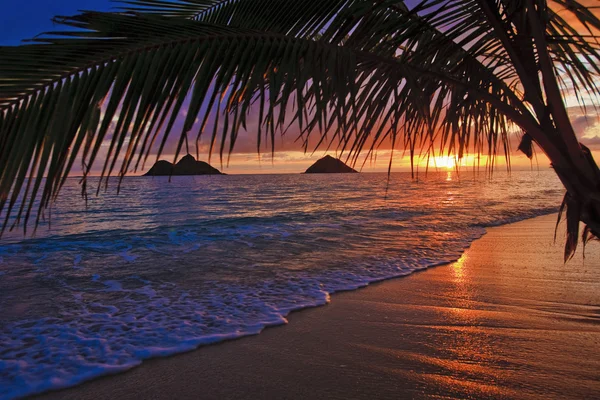
Hawaii’s snorkeling spots provide underwater experiences that showcase the islands’ incredible marine biodiversity while accommodating everyone from nervous beginners to advanced free divers. The volcanic landscape that created these islands continues shaping the underwater environment, creating new snorkeling opportunities as lava flows add to the coastline and coral reefs adapt to changing conditions.
Each snorkeling adventure reveals different aspects of Hawaii’s marine ecosystem, building appreciation for the ocean environment that defines island life.
More from Travel Pug

- 20 Best Beach Towns in the Carolinas
- 13 Destinations Where Tourists Regularly Regret Their Trip
- 20 Things You Actually Get in First Class
- 20 Small Airports With Aviation Museums
- 20 Places in the U.S. That Are Perfect for a Reset Trip
Like Travel Pug’s content? Follow us on MSN.
